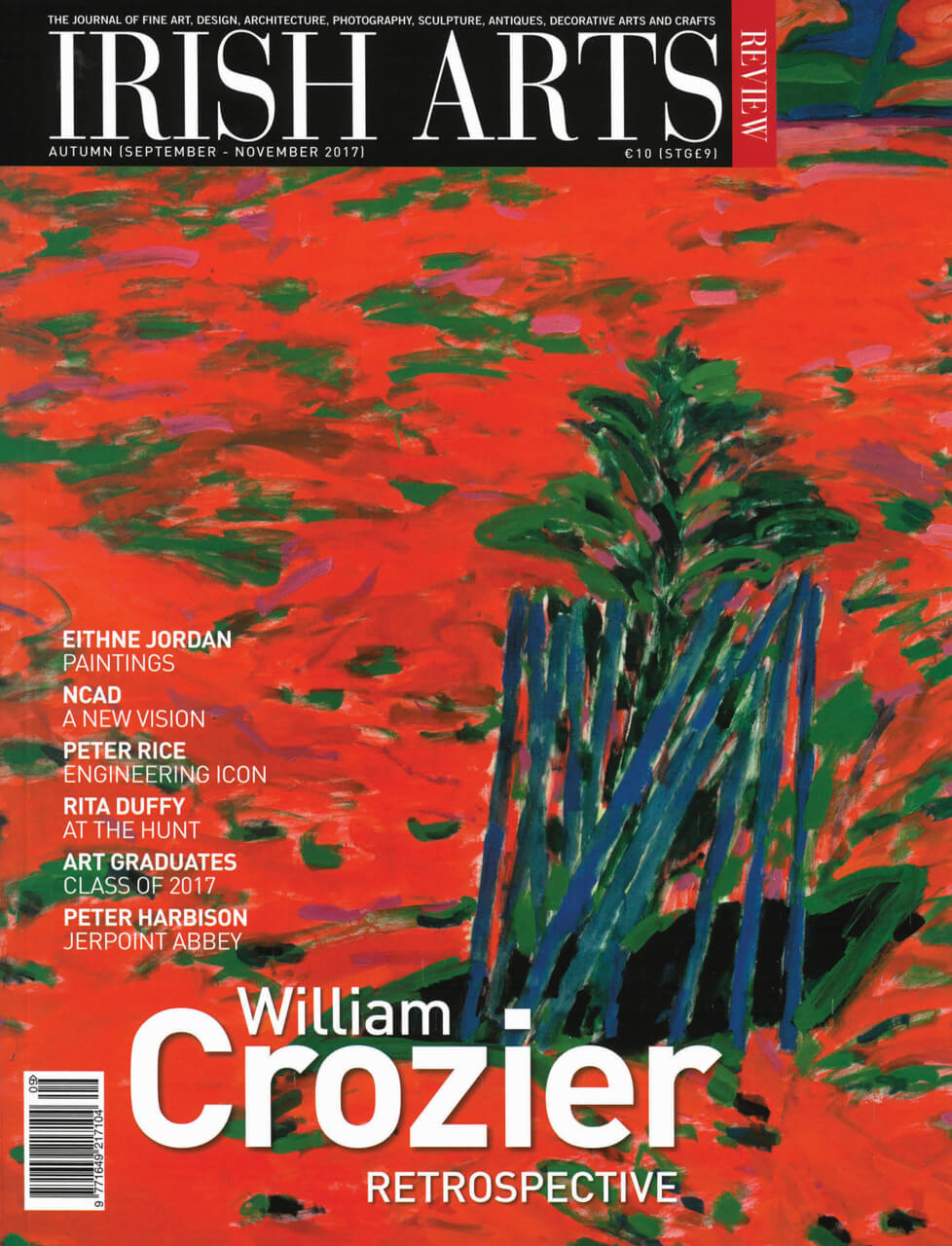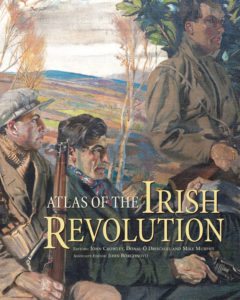
John Crowley, Donal Ó Drisceoil and Mike Murphy John Borgonovo (eds)
Cork University Press, 2017
pp 984 fully illustrated h/b
€59.00 ISBN: 9781782051176
Reviewed by Mic Moroney
 Midway through the ‘decade of centenaries‚’, the words ‘republican‚’ and ‘revisionist‚’ were again traded as expletives at July’s West Cork History Festival which, focusing on the local War of Independence, saw Professor David Fitzpatrick claim the ‘so-called‚’ Irish Republic as merely a marketing slogan to win American approval at the Paris Peace Conference. Eoghan Harris revisited Peter Hart’s thesis of the IRA’s Bandon Valley killings of thirteen Protestants in April 1922 as indicative of their longstanding sectarian war. Yet UCC’s Andy Bielenberg’s exhaustive Fatality Register which, though showing Cork as the most violent county with 528 (almost 23% of island-wide) fatalities, reveals no evidence of any IRA sectarian policy.
Midway through the ‘decade of centenaries‚’, the words ‘republican‚’ and ‘revisionist‚’ were again traded as expletives at July’s West Cork History Festival which, focusing on the local War of Independence, saw Professor David Fitzpatrick claim the ‘so-called‚’ Irish Republic as merely a marketing slogan to win American approval at the Paris Peace Conference. Eoghan Harris revisited Peter Hart’s thesis of the IRA’s Bandon Valley killings of thirteen Protestants in April 1922 as indicative of their longstanding sectarian war. Yet UCC’s Andy Bielenberg’s exhaustive Fatality Register which, though showing Cork as the most violent county with 528 (almost 23% of island-wide) fatalities, reveals no evidence of any IRA sectarian policy.
Bielenberg and Fitzpatrick both contribute to Atlas of the Irish Revolution, a 5-kilogramme 964-page tome from Cork University Press that looks to become another benchmark reference, like their 2012 Atlas of the Great Irish Famine which sold over 20,000 copies. Four years in gestation, it will arrive in every Irish public library, underwritten by Brian McCarthy’s Killorglin-based financial services company Fexco.
Previously unpublished photographs (many breathtaking, some grisly) join psychedelic Celtic artefacts
Edited by geographer John Crowley, cartographer Mike Murphy and historians Donal √ì Drisceoil and John Borgonovo, it glowers with art by Sarah Cecilia Harrison, Lavery, Orpen, Yeats, Sarah Purser and Keating; and recent works by Mick O’Dea and Hughie O’Donoghue. Previously unpublished photographs (many breathtaking, some grisly) join psychedelic Celtic artefacts (a 1932 Saorstát Eireann Official Handbook) alongside over 300 original GIS maps unveiling startling geographical patterns from new data: battle maps, rebels‚’ meandering life-maps; maps of IRA structure down to 1,900 local companies; or ITGWU branches spreading like a rash of red measles.
Essayists from Willie Smyth to Roy Foster and Catriona Crowe constantly re-prism these years across multiple perspectives, with CUP’s radical tone surfacing in pieces by Brian Hanley or √ì Drisceoil’s on the short-lived Irish soviets. There is much internationalist emphasis, not least Kate O’Malley on Irish influences on anti-colonial movements in Egypt, Algeria, Ghana and Indonesia. Indian nationalists (such as VV Giri, later Indian President) liaised with Irish rebels even in 1916 Dublin. Bengalis involved in the 1930 Chittagong Uprising eschewed Gandhi’s pacifism for the ‘Irish technique of resistance‚’, emulating tactics from Dan Breen’s My Fight for Irish Freedom; while Tom Barry’s Guerilla Days in Ireland was cited by Menachem Begin, Che Guevara, Fidel Castro, Mao, V√µ Nguy√™n Giáp and Georgios Grivas.
Yet another exhilarating CUP Gesamtkunstwerk of historical geography.
Mic Moroney is an independent writer, researcher and journalist.



